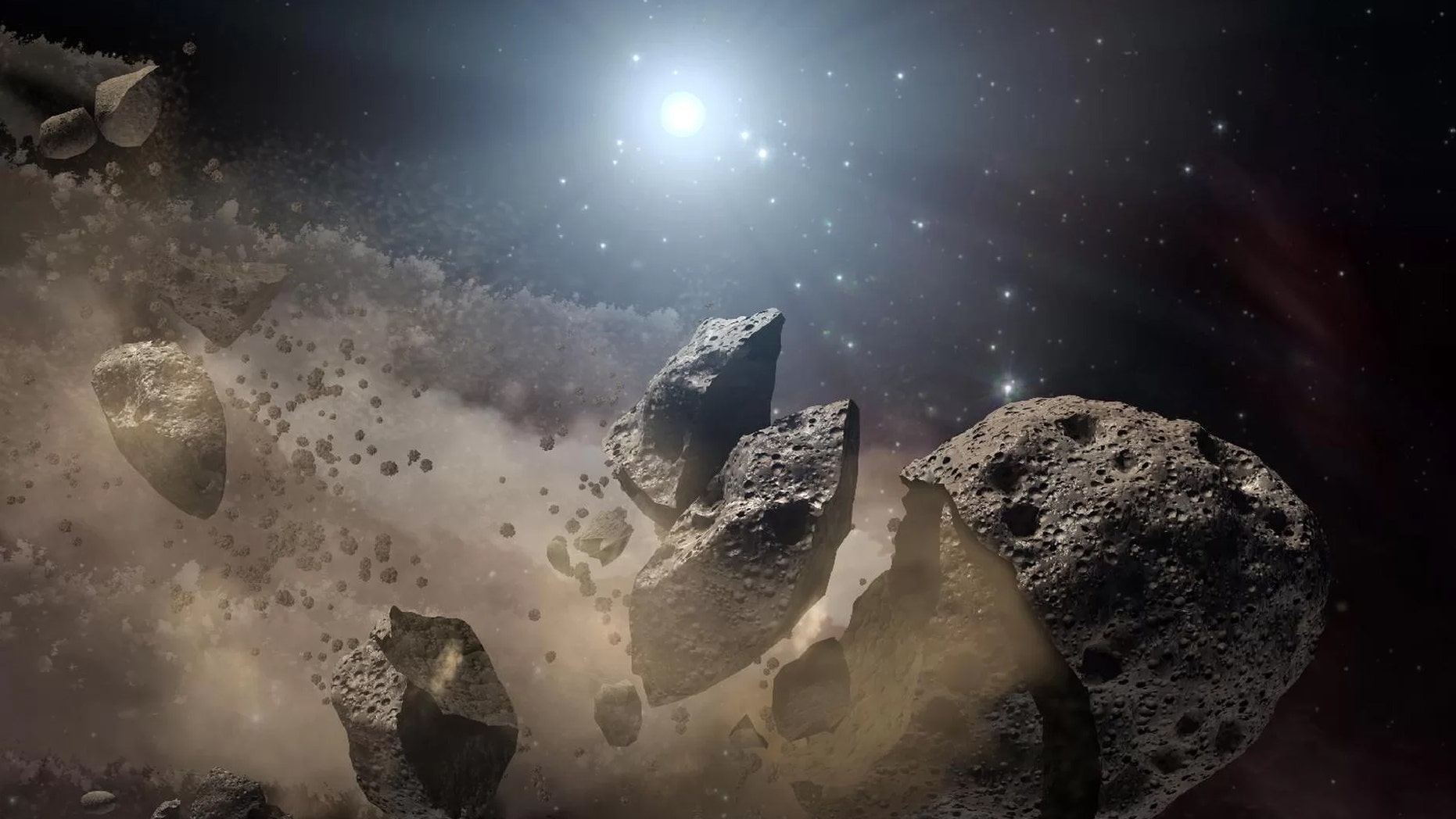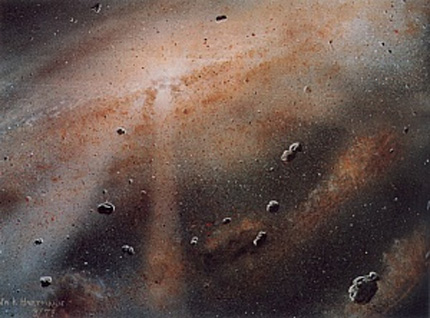Asteroids are rocky fragments leftover from the beginning of the solar system

Asteroids: Ancient Remnants of the Solar System

The mesmerizing celestial bodies that we call asteroids are not just random space rocks; they hold within them secrets to the formation and evolution of our Solar System. These rocky fragments are remnants from the beginning of time, offering valuable insights into the celestial events that shaped the universe we know today.
Asteroids, also referred to as minor planets, are primarily composed of rock and metal. They are similar to planets in their composition but are significantly smaller in size. Ranging from just a few meters to hundreds of kilometers in diameter, these celestial objects are found orbiting the Sun in the asteroid belt, a region situated between Mars and Jupiter.
Origins and Formation

To comprehend the origins of asteroids, we must delve into the early stages of our Solar System. Approximately 4.6 billion years ago, a vast cloud of gas and dust, known as the solar nebula, began to collapse due to gravitational forces. As the nebula contracted, it resulted in the formation of a spinning disk, where most of the material gathered at the center to give birth to the Sun.
However, not all the material within the spinning disk could accrete into a star. The remaining debris coalesced to form small rocky protoplanets, some of which eventually became asteroids. These celestial objects were prevented from forming into full-fledged planets due to the gravitational influence of Jupiter, which caused perturbations in their orbits, resulting in fragmentation and scattering throughout the asteroid belt.
Characteristics and Composition
Asteroids come in various shapes and sizes, ranging from irregularly shaped bodies to more defined forms. Their composition varies as well, with some asteroids being composed mostly of iron and nickel, while others consist of silicate rocks. Additionally, certain asteroids contain valuable resources such as precious metals and water, making them potential targets for future space mining ventures.
Importance and Exploration
Studying asteroids is crucial for scientists to gain a better understanding of the formation and evolution of the Solar System. These celestial bodies serve as time capsules, preserving pristine material from the early universe. By analyzing their composition and studying their trajectories, scientists can unravel the mysteries of our cosmic past and assess potential threats they may pose to Earth in the future.
Various space agencies, such as NASA, have undertaken missions to study asteroids up close. One notable mission is NASA’s OSIRIS-REx, which successfully rendezvoused with the asteroid Bennu and collected a sample to be returned to Earth for analysis. These missions not only provide scientific insights but also offer opportunities to test and validate technologies for future space exploration.
To learn more about asteroids, comets, and meteors, you can visit the official NASA webpage on Asteroids, Comets, and Meteors.
In summary, asteroids have a fascinating history. They are remnants of the early Solar System, providing valuable clues about our cosmic origins. By studying their composition and trajectories, scientists can unlock a wealth of knowledge about our universe and potentially safeguard our planet against potential celestial hazards.
Related Posts
Quick Links
Legal Stuff

